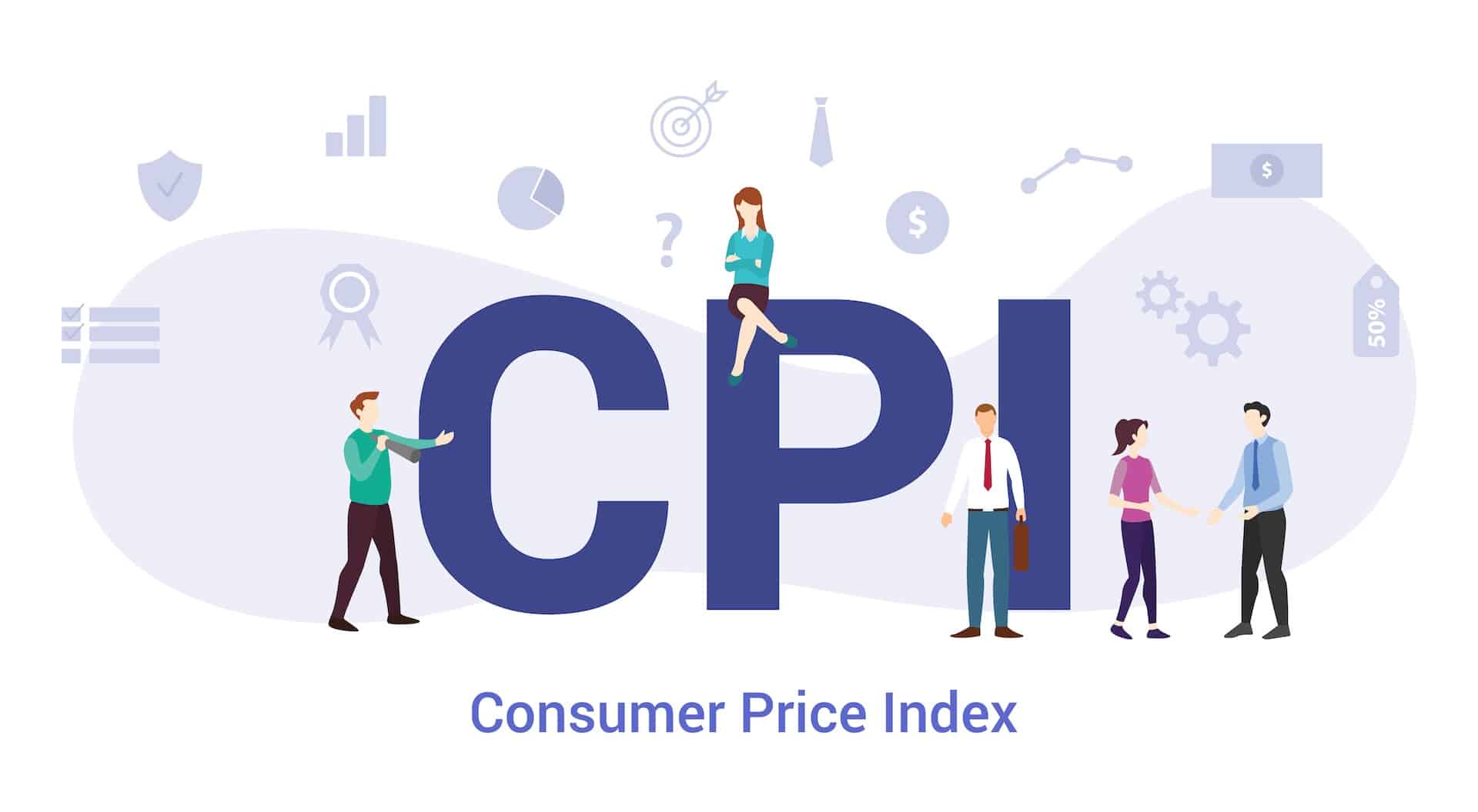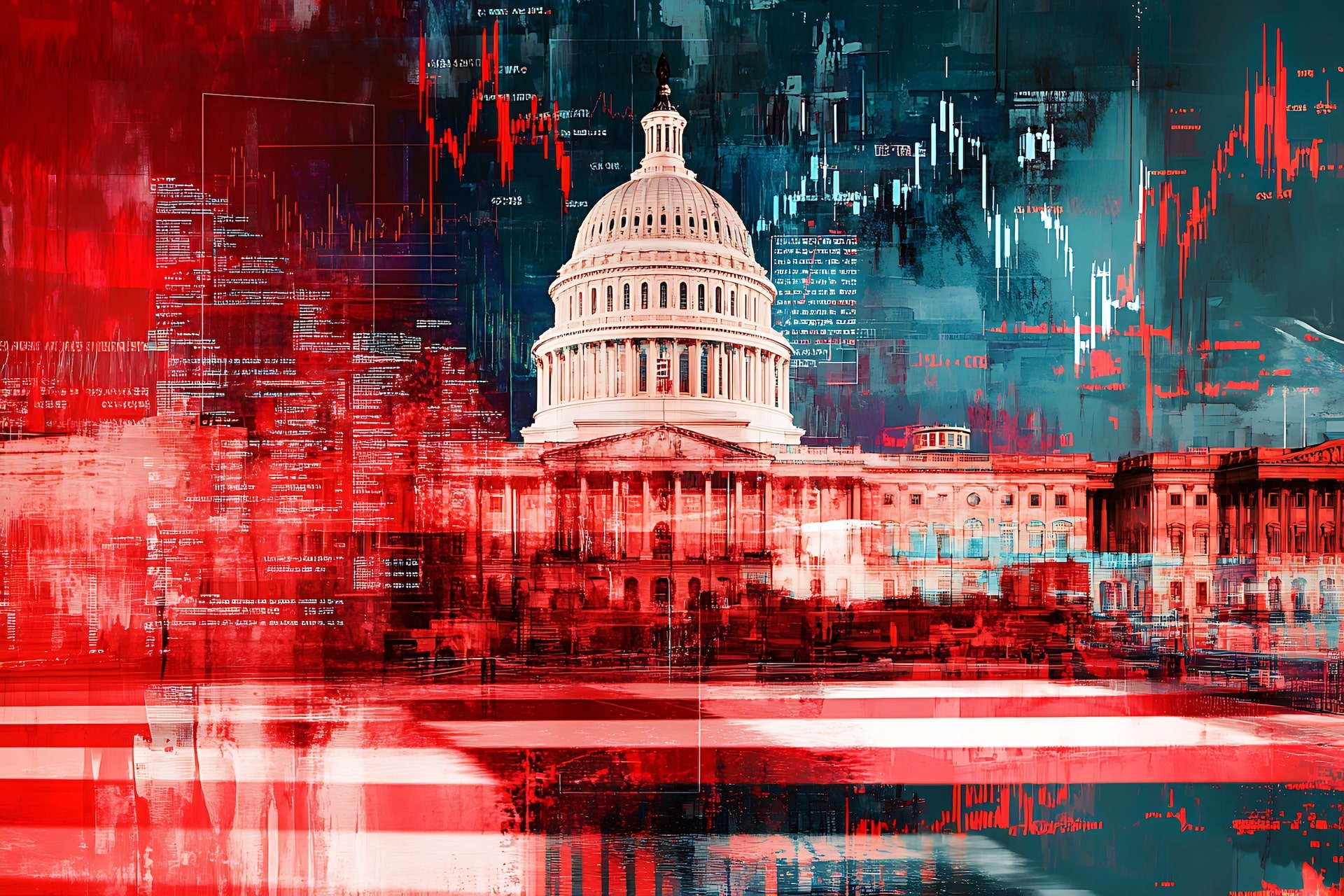Credit Sesame discusses the static CPI in October 2023 and whether the US should be optimistic about inflation.
You could say investors make much about nothing. But when the “nothing” is the rise in consumer prices, it is potentially a big deal.
A favorable report on inflation sent positive shock waves through the financial markets. As investors tend to do, they projected the news into the future and liked what they saw. A pause in price increases during October could be a significant step towards taming inflation. That would have many positive implications for consumers, interest rates and stock and bond prices.
As encouraging as the news was, a little perspective suggests there is still a need for caution where inflation is concerned.
Zero inflation for October
On November 14, 2023, the Bureau of Labor Statistics (BLS) announced that the seasonally adjusted Consumer Price Index (CPI) was unchanged in October. That essentially meant no inflation for the month. In the context of the past couple of years, that represented a very refreshing break.
The last time the US enjoyed a month without inflation was July 2022. That helps explain why October’s CPI announcement was so welcome and why it should be treated with some caution.
Since the last time there was no change in CPI, monthly seasonally adjusted inflation numbers have ranged from 0.1% to 0.6%. That may sound like a relatively narrow range, but projected over an entire year, those inflation rates would represent the difference between annual inflation of 1.2% and 7.4%, quite a significant difference.
We can conclude two things:
- Month-to-month inflation numbers tend to vary widely
- The 0% inflation reading in July of 2022 proved to be the exception rather than the rule
Any given month’s CPI number should be read in the context of a broader trend rather than as a stand-alone picture of the state of inflation. While this more measured view of inflation may not justify investors’ jubilation after November 14th’s CPI announcement, it allows for some optimism.
Monthly inflation numbers can be all over the map; the increase in CPI was 0.6% just a couple of months ago. However, when you put together the monthly numbers for the past year, you find that CPI rose by 3.2% overall. Considering that annual inflation peaked at 8.9% in mid-2022, things seem to be moving in the right direction.
Other signs inflation is easing
Besides a quiet month for the CPI, there are other reasons to be optimistic that inflation is easing.
Core inflation
So-called “core inflation,” which excludes the volatile food and energy sectors, dropped to a 4.0% 12-month increase in October. That’s the lowest it’s been since September 2021.
While core inflation is of limited interest because it would be tough to imagine consumers getting by without spending money on food or energy, it does give deeper insight into inflation. The food and energy sectors are major CPI components subject to large month-to-month price swings. Thus, they tend to dominate month-to-month changes in the CPI overall. Excluding them from core inflation reflects how broadly price trends are reflected throughout the economy. The more broadly-based inflation is, the more staying power it’s likely to have.
Producer prices
A day after the CPI report was released, the BLS issued its monthly report on the Producer Price Index (PPI). This index measures the prices retailers and other providers of goods and services pay.
The PPI declined by 0.5% in October 2023. This was the largest decline in producer prices since April 2020, when much of the economy was shutting down due to the pandemic.
Month-to-month price levels in the PPI tend to jump around more than those in the CPI, as retailers typically shield consumers from some of the price volatility they experience. However, over time, price trends in the PPI will likely be reflected in consumer prices. While no conclusions should be drawn based on one month’s worth of producer price data, such a significant price decline helps slow inflation’s momentum.
Market reaction
Investors were ecstatic about signs of easing inflation. When the CPI report came out on November 14, the Dow Jones Industrial Average surged nearly 500 points. Bonds also rallied on the news.
Not only would slower inflation stop rising prices from squeezing consumer budgets so much, but it would also allow interest rates to fall. Lower interest rates boost investment prices and also encourage economic growth.
While there’s no doubt that there’s a lot to cheer in signs that inflation might be easing, there are still some reasons to be cautious:
- October’s CPI report benefited from a 4.5% drop in energy prices. Energy is a volatile sector and just as likely to rise suddenly as it is to fall.
- The anticipation that weaker inflation might prompt the Fed to cut interest rates ignores that, as of its latest economic projections, the Fed expects one more rate hike this year.
- Along with the encouraging CPI and PPI numbers, the hope that the Fed may stop raising rates stems partly from a relatively weak employment report for October 2023. However, the jobs figure was affected by labor strikes. With autoworkers and the Screen Actors Guild having resolved their labor disputes, strong job growth and the wage pressures that come with it may return.
What’s next?
At this point, concern about the direction of inflation and interest rates focuses on three key upcoming events:
- On November 30, 2023, the Bureau of Economic Analysis will release its monthly Personal Income and Outlays report. This will include the latest data on the Personal Consumption Expenditures price index, a key measure of inflation followed closely by the Feds.
- On December 8, 2023, the BLS will release its November employment report. This will show whether October’s weak employment growth was an outlier or the beginning of a trend.
- The Federal Reserve’s last meeting of 2023 will occur on December 12 and 13. This will be significant not just for the Fed’s decision on whether or not to raise rates but also for releasing its updated economic projections. Those projections will provide the latest information on where the Fed thinks the job market, inflation and interest rates will head in the upcoming year.
Strong market reactions to recent inflation news show how dominant inflation has been in recent years and how starved investors are for good news.
If you enjoyed Static CPI leads to optimism about inflation you may like,
- Do current economic conditions mean a soft landing for inflation?
- What is the impact of inflation on consumer credit?
Disclaimer: The article and information provided here is for informational purposes only and is not intended as a substitute for professional advice.




















